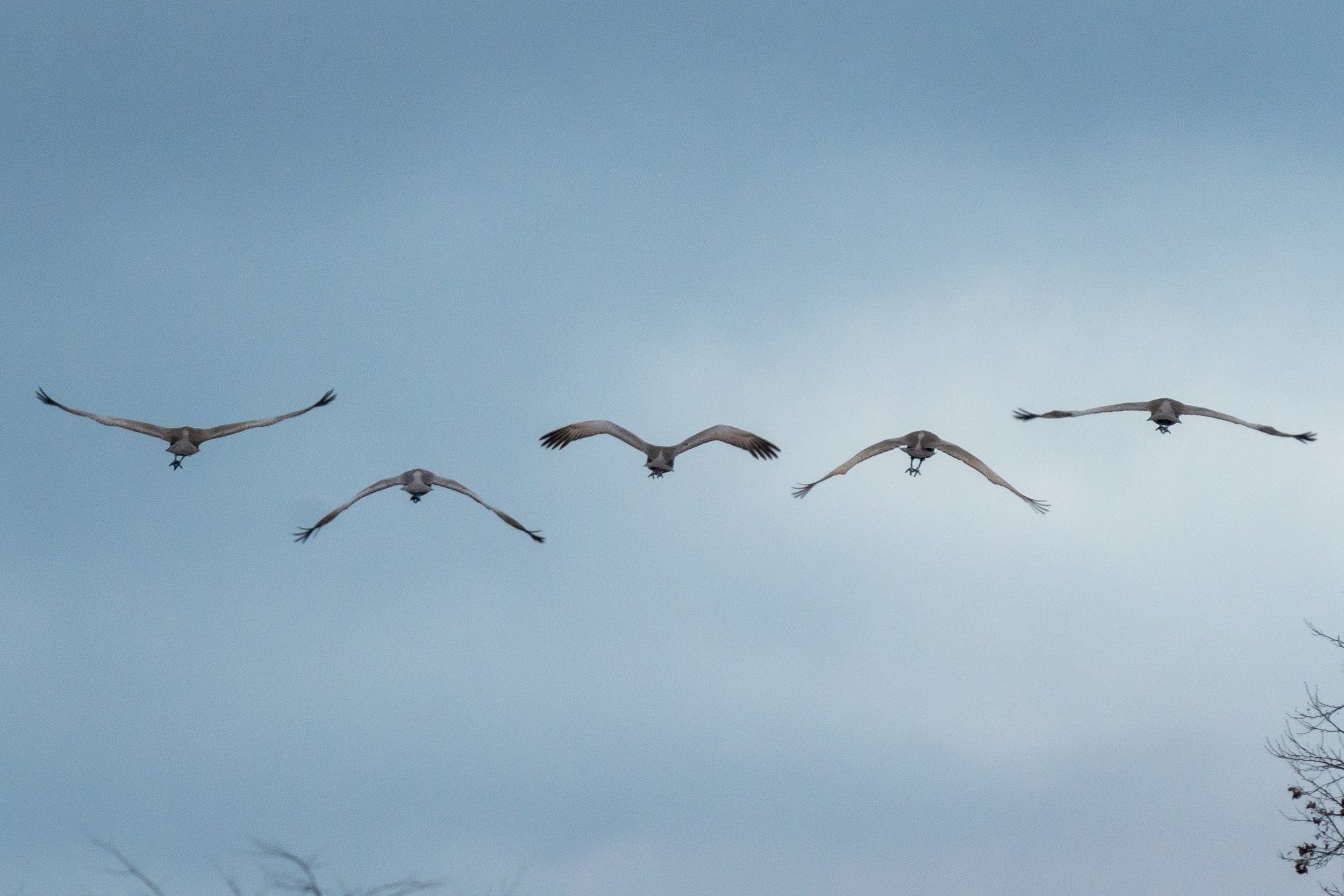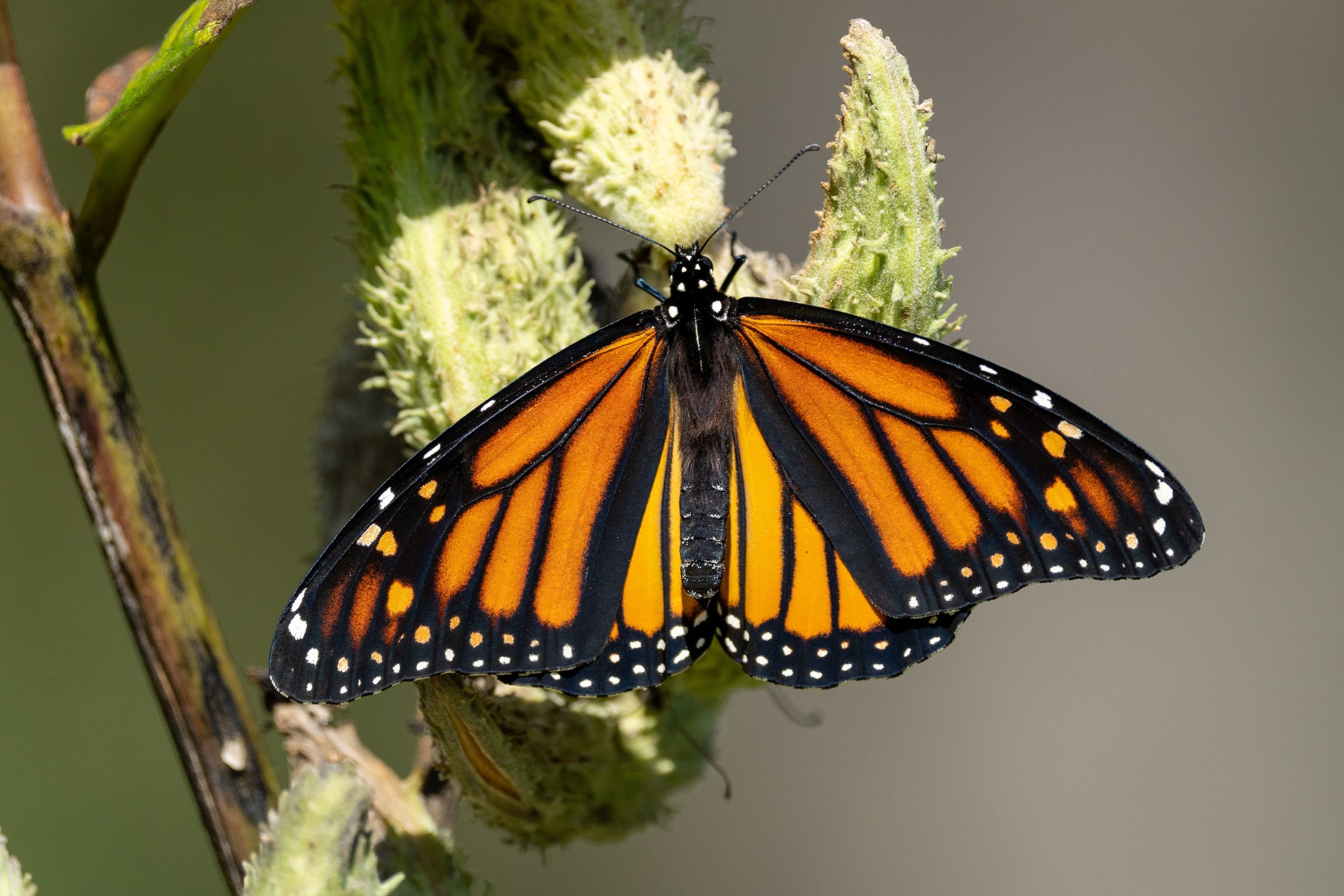

All it's Clocked Up to Be: Circadian Rhythms
Have you noticed that the days are getting shorter? You’re not the only one! We’re a little under two weeks away from the winter solstice, and subtle seasonal shifts like cooler temperatures and shorter days affect plants and animals (including humans!) in significant ways. Keep reading to learn about circadian rhythms and how animal and plant behavior changes throughout the year!

The Great Monarch Migration
Monarch tagging at our latitude begins August 29! They are about to embark on an incredible journey

Canadian migrant arrives early on the New River
With the arrival of August it seems that summer is almost over, most birds have finished breeding, and cooler weather must be coming soon. But one of the surest signs of the approaching end of summer is the first arrival of migrating birds that breed in the far north.

Dragonfly Migration at Rocky Knob
Watching dragonflies as they fly southward across the pasture at Rocky Knob is for me the favorite part of the fall migration watch. I enjoy the flights of hawks, and swifts and swallows, and butterflies too. Perhaps a close 2nd to the dragonflies are the hummingbirds.